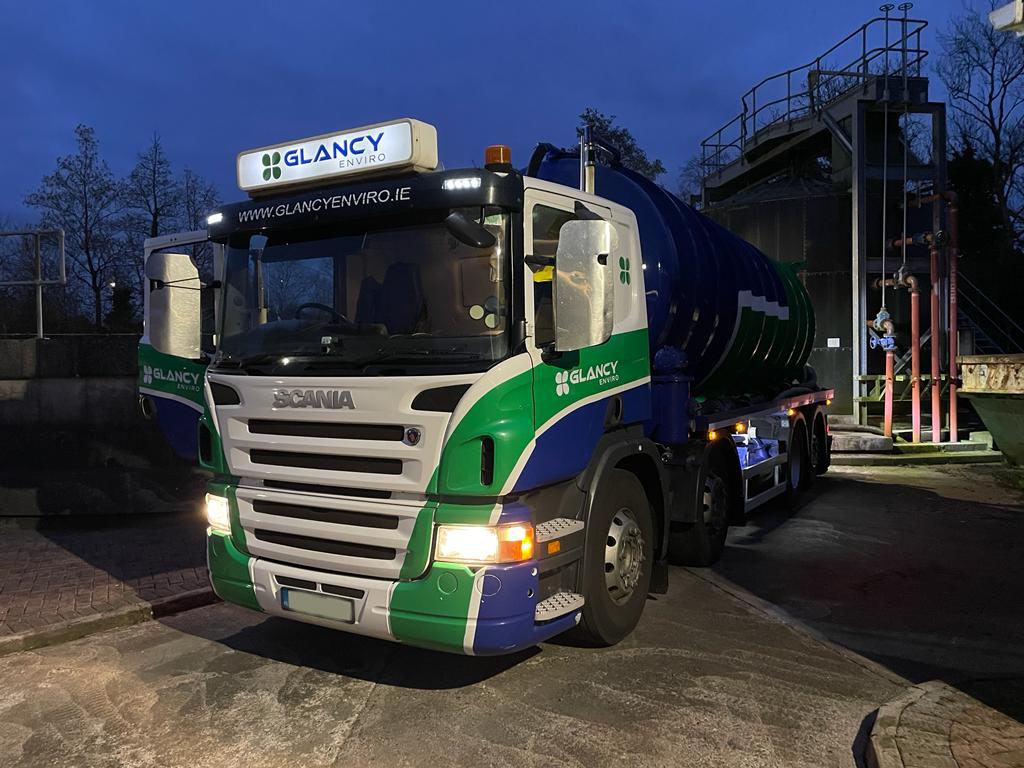Little Known Facts About Reclaim Waste.
Table of ContentsThe Main Principles Of Reclaim Waste The Facts About Reclaim Waste RevealedExamine This Report on Reclaim WasteReclaim Waste Fundamentals ExplainedSome Known Details About Reclaim Waste
Residential sewage waste refers to the waste and items from a residential septic container. The correct administration and disposal of residential sewer waste require liquid waste to be moved to a sewage treatment plant where the correct methods and equipment are used to purify and dispose of waste.
Commercial waste commonly includes prospective threats, such as combustible products or a mix of fluid and strong waste products, and needs an extra innovative and detailed disposal process. The disposal of industrial waste commonly includes the filtration of waste before transportation to make certain risk-free and appropriate disposal. Industrial waste is produced from byproducts and runoff of industrial procedures and manufacturing.
This type of waste can not make use of the very same sewer management transportation or processes as septic or industrial liquids. The hazardous waste administration process calls for the inspection and screening of liquid waste prior to it undertakes the disposal procedure (liquid waste removal melbourne). Overflow waste is the liquid waste that comes from drainage and excess stormwater in very booming locations or cities
Overflow waste can trigger contamination and flooding if not dealt with appropriately. Find out more about sewer cleaning and waste management. Making sure proper waste management can avoid catastrophes and decrease ecological damage. Both individuals in residential setups and specialists in industrial or manufacturing sectors can gain from understanding the procedures and guidelines of liquid waste management.
Reclaim Waste Fundamentals Explained
Call PROS Providers today to find out about our waste monitoring and disposal services and the correct methods to look after the liquid waste you create.
(https://justpaste.it/fauht)This supposed 'wastewater' is not only an essential resource yet, after treatment, will be launched to our land, waterways or the ocean. Made use of water from toilets, showers, baths, cooking area sinks, laundries and commercial procedures is known as wastewater.

water used to cool down equipment or clean plant and devices). Stormwater, a kind of wastewater, is overflow that streams from farming and urban locations such as roofs, parks, gardens, roadways, courses and rain gutters right into stormwater drains pipes, after rain. Stormwater streams neglected straight to regional creeks or rivers, at some point reaching the sea.
Reclaim Waste Things To Know Before You Buy
In Queensland, most wastewater is dealt with at sewage treatment plants. Wastewater is moved from residential or commercial websites via a system of sewage systems and pump terminals, referred to as sewage reticulation, to a sewage treatment plant. City governments build, maintain and operate most sewer therapy plants. Operators are accredited under the Environmental Defense Act 1994 to release cured wastewater at an acceptable environmental requirement into rivers.
The Division of Natural Resources suggests city governments about handling, operating and keeping sewerage systems and treatment plants. In unsewered locations, regional governments might call for homeowners to install specific or family sewage treatment systems to deal with residential wastewater from commodes, kitchen areas, washrooms and washings. The Department of Natural Resources authorizes the use of household systems when they are confirmed to be efficient.
Many stormwater obtains no therapy. In some new communities, therapy of some stormwater to remove clutter, sand and gravel has actually begun making use of gross contaminant catches. Wastewater treatment takes place in four stages: Gets rid of solid matter. Bigger solids, such as plastics and other items wrongly released to sewers, are eliminated when wastewater is gone through displays.
Wastewater after that flows into huge containers where solids clear up and are removed as sludge. Grease and residue are skimmed from the surface area. Makes use of tiny living microorganisms called micro-organisms to break down and eliminate continuing to be dissolved wastes and fine bits. Micro-organisms and wastes are included in the sludge. Removes nitrogen and phosphorus nutrients that might create algal blossoms in our waterways and endanger water life.
Fascination About Reclaim Waste
Nutrient removal is not available at all sewer therapy plants due to the fact that it calls for costly specialist devices. It is ending up being much more common in Queensland. Clear liquid effluent produced after therapy might still consist of disease-causing micro-organisms. If this effluent is released into rivers such as rivers or the sea, the micro-organisms will at some point pass away out.

The majority of wastewater flows right into the sewerage system. Under the Act, regional governments provide authorizations and licences for eco appropriate activities (Ages) including wastewater launches that may have a local impact.
The 20-Second Trick For Reclaim Waste
Monitoring provides factual details concerning water top quality and can validate that permit problems are being satisfied. The info acquired through monitoring provides the basis for making water quality choices.